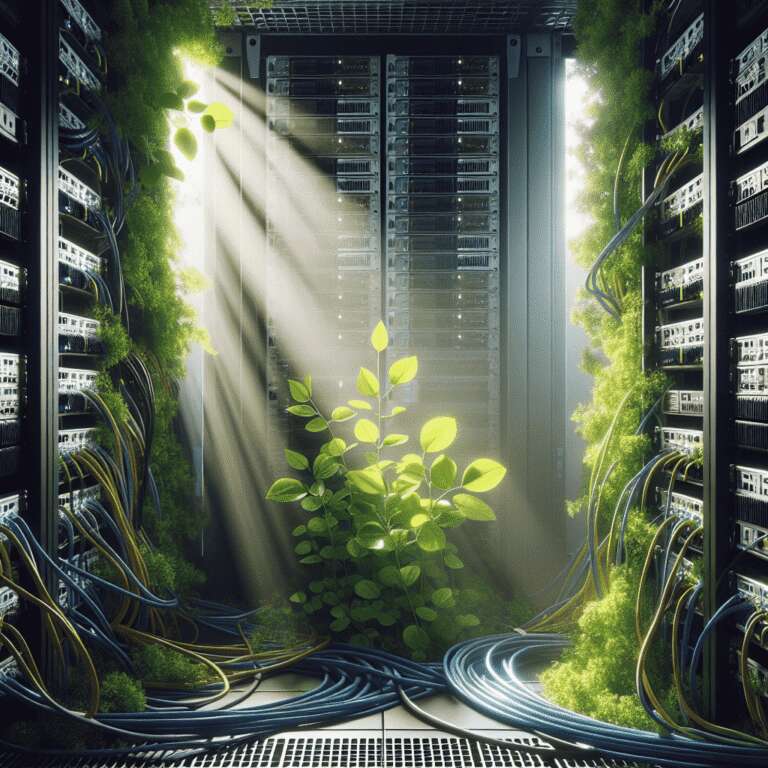The rapid expansion of Artificial Intelligence infrastructure has led to significant concerns over energy usage and environmental impact, particularly as data centers and powerful chips become more widespread. Despite these challenges and the alarm raised by industry leaders, several technological and economic factors provide reasons for optimism about curbing Artificial Intelligence´s energy consumption in the future.
First, model efficiency is improving through more thoughtful training approaches, such as the use of curated data sets and synthetic data rather than indiscriminately massive data sources. Companies like Waabi and Writer are demonstrating that targeted, smaller data sets can lead to faster, less resource-intensive model training. There is also a trend towards smaller, highly specialized models tailored for specific business applications instead of relying solely on large, universal models, which can further cut training and operational costs. Additionally, innovations in parallel computing and algorithmic improvements are expected to reduce energy demands as the technology matures.
Second, advancements in semiconductor technology promise substantial gains in energy efficiency. Emerging chip designs, such as analog in-memory computing and neuromorphic or optical chips, aim to handle Artificial Intelligence computations with less power than today´s digital chips. Companies like EnCharge AI are pioneering analog-based matrix multiplication, while IBM is developing more efficient optical switches. As Artificial Intelligence workloads shift increasingly to personal devices, this push for low-power chips could offload demand from energy-intensive data centers.
Third, data center cooling is undergoing transformation to keep up with the heat output from advanced chips. Innovative approaches include heat reuse—such as channeling waste heat for district heating or Olympic swimming pools—and the development of thermoelectric cooling chips by startups like Phononic, which provide more responsive and efficient heat management. With advanced chips consuming and generating more power, smarter cooling systems are essential to prevent runaway energy consumption.
Finally, economic and business incentives strongly favor improved efficiency. Lowering energy costs is now aligned with both environmental and financial sustainability. As companies look to stay competitive and cut costs amid growing Artificial Intelligence adoption, they are naturally incentivized to deploy more efficient models and infrastructures. Industry leaders point to historic tech trends, where the maturation of personal computers and the internet led to stable energy use despite explosive growth, suggesting that Artificial Intelligence will follow a similar path. In the long run, market forces may drive the necessary shift toward a more energy-efficient Artificial Intelligence ecosystem.

